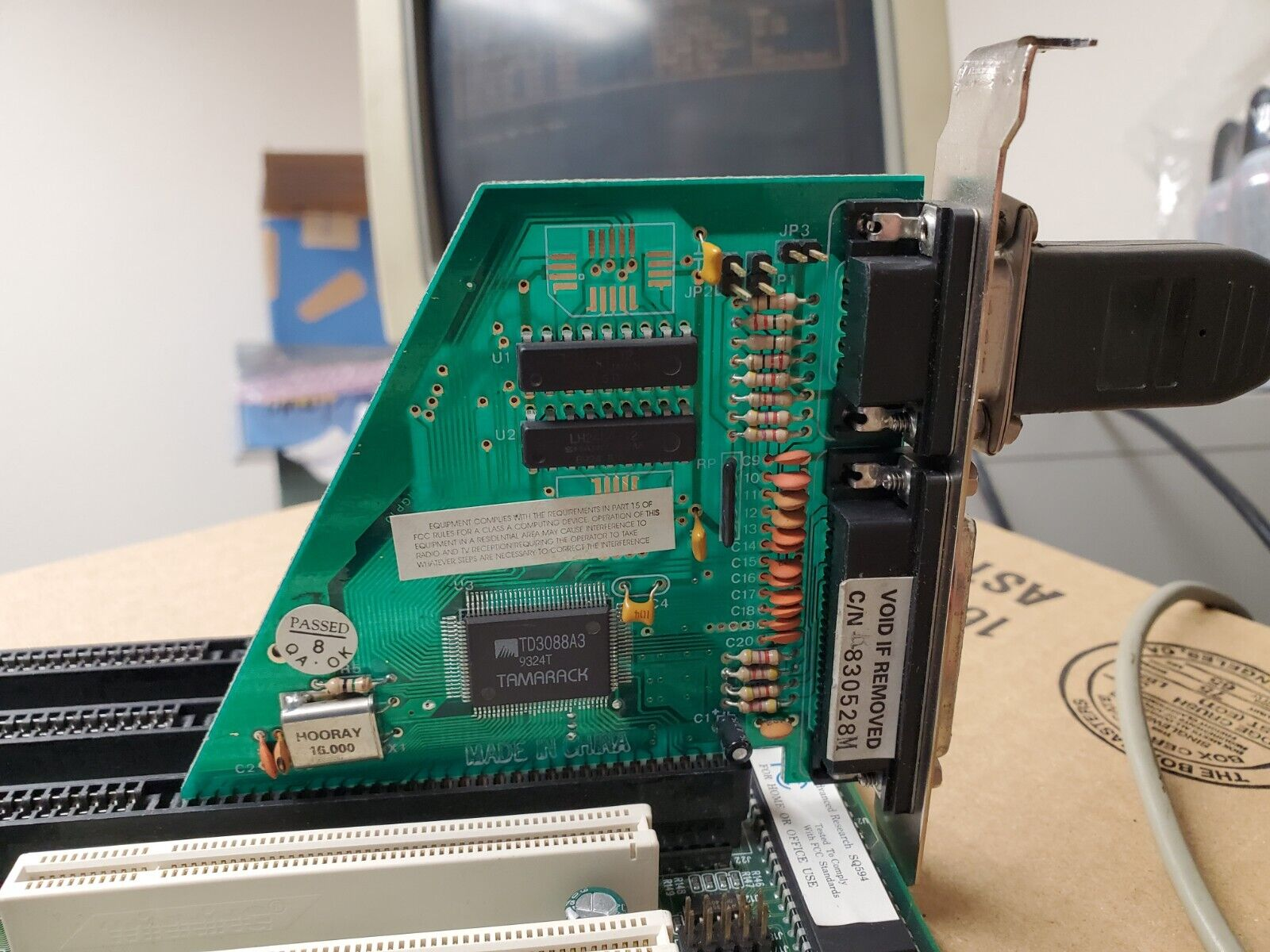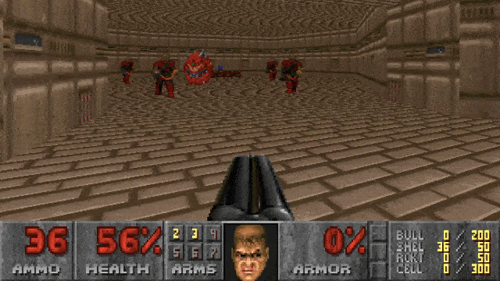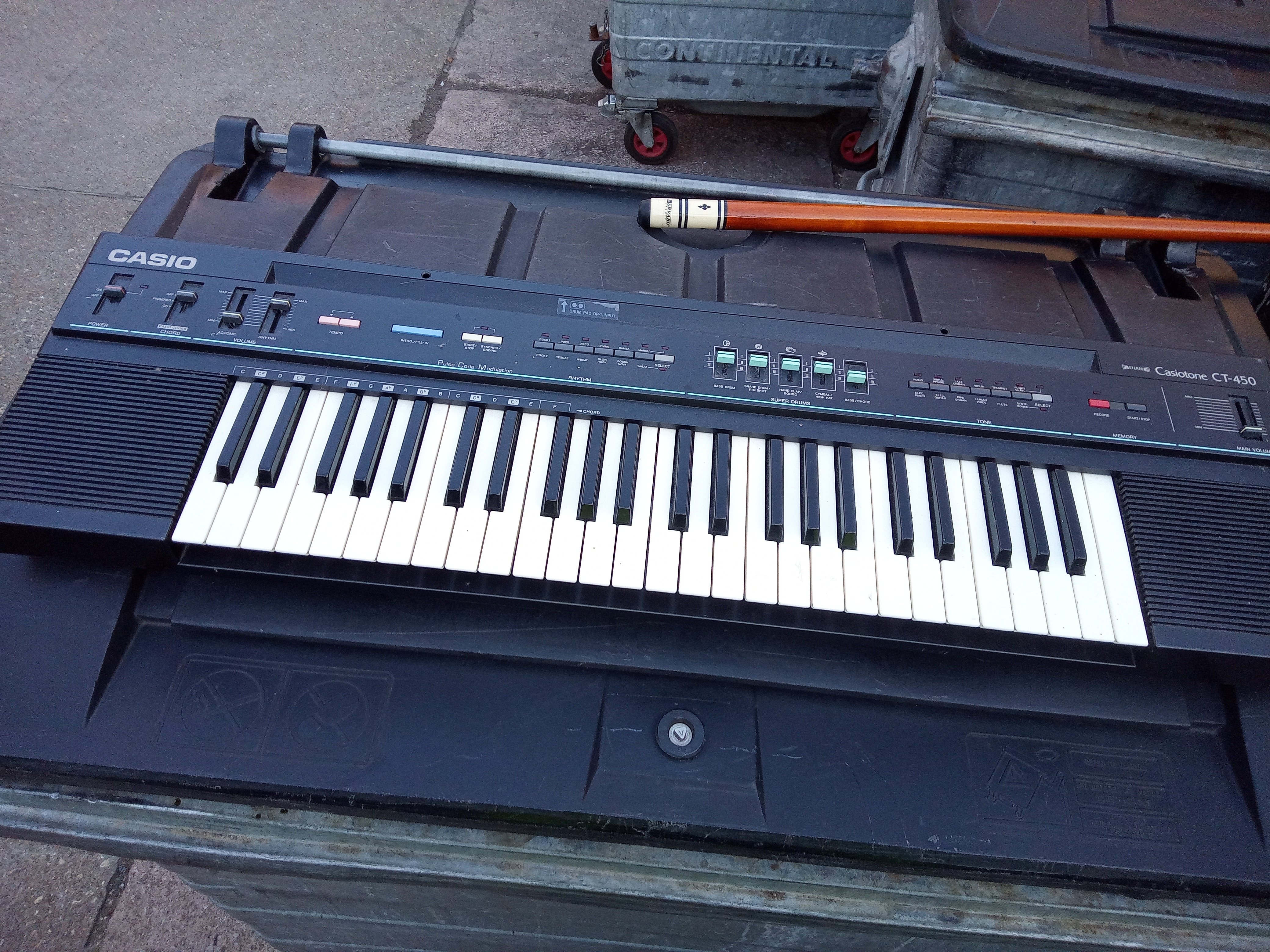Best part is when this sucker unscrews from the port and comes off with the cable:

The actual retro problem was when those tighty boys would start unscrewing the port instead of themselves
Pretty sure the little slit was so that you could use a flathead screwdriver. Had to do that a couple times
those slots were near useless.
edit to say: one trick was to use the blank expansion slot plates to gently break the vice like grip the screw had in the hex stand-off. the metal used on the cheap “digit remover” cases was sometimes soft enough to loosen the thumb screws via the driver slot without the thumb screw breaking.
still nearly useless though.
We referred to those blank expansion slot metal pieces as “keys.” They were useful lockpicks.
TIL!!
I mean, I could’ve been doing it wrong lol
This happens because the connector is at an angle. Since it’s at an angle, the screw presses against the side and jams itself in place. All you have to do is tilt the connector the other direction and the tight screw loosens right up. Easy peasy.
GPIB users and instrumentation automating folks know the problem is very modern.
Am I the only one that never tightened them?
I tighten them and it saved my monitor! Robbers broke in to our house, stole a bunch of stuff. The computer monitor was still there, connected to the computer, dangling from the table.
How do I know they tried to steal it? Because they tried to cut through the cable with PAPER SCISSORS, because they didn’t know how to unscrew the cables.
I feel sorry for the dumb robbers. I hope they didn’t pawn it and are still enjoying playing Wii Fitness without the balance board, which they neglected to take with the console.
Oh wow, I didn’t see that coming. Screw-terminal cable connections are now the Manual Transmission of computer parts.
right? just put it in the vga port like any other cable?
I dealt with this yesterday
I’m sorry to tell you that was 20 years ago.
Na, some of us still deal with these style connectors. Not so much for video, but it’s still used for rs-232 (control signal) and other data. They are great when you dont want the connector to ever fall out.
I’ve seen plenty of medical devices with rs232 ports. And I’m sure there’s a lot of legacy machinery out there which require them.
If you have a factory and your computer-controlled machinery was installed in 1995 but still works just fine, you’re probably not going to invest in newer equipment until it becomes a problem.
Screw loosie in tight as you can by hand, give the plug a moderate side to side jiggle, loosen tighty first then loosie.
I never screw them in.
You like living in the danger zone don’t you?
From what? The cable falling out?

I seriously don’t know what’s the problem with it. Please explain.
All I can say is that we are fortunate that the overlap between “VGA ports everywhere” and “battery operated impact drivers” is almost zero on the timeline. Imagine trying to unscrew a VGA plug by hand that was tightened down to ugga-dugga-foot-pounds of torque. Of course that assumes that didn’t shear the screws first.
You know you have given me a wonderful idea, I have a few friends that are in VGA heavy places
Pff. I’ll be fine. I have a Hercules graphics card.

See? No twisty things.
I can still play games, right?
yeah some games

I remember my friend had a computer with a Hercules card back then and he could play like 3 games on it. Everything else required EGA, CGA and later VGA (although I think he had replaced the computer by then).
Can someone explain what is this to people born in this century.
It’s a VGA connector, used for screens. You can still find them if you look hard enough.
look hard enough
Any box of cords in any basement, attic, or thrift store
Cords. A box of chords would be a radio, or a box of sheet music.
aight
I’ve heard there was a secret cord that david pulled and it pleased the lhord
if you look hard enough
I think I have seen as many VGA cables as I did HDMI ones. I also have seen many people using adapters for the two standards. So I think they are still very common.
It’s basically an analog version of an HDMI cable. Except no audio, only video.
It’s like the yellow RCA cable, but for computer monitors instead of TVs
Except it transmitted several times the resolution of an RCA cable
Yeah, I just meant for explaining the function of what the thing does.
“That’s when I realized the threads were stripped.”
Kind of wish USB has securing screws sometimes …the amount of times I’ve accidentally caught a cable and yanked one out (oo-er)
When I worked IT for a call center I had to deal with so many of these that I ended up only screwing one side. Still held firmly in place, less work.
Why is it that it is always that side that is broken and loose?














